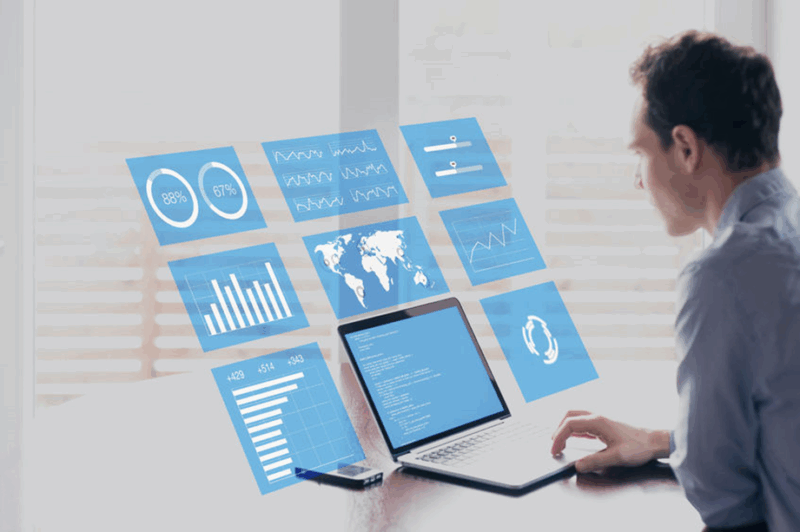Asset loss can significantly drain resources and morale in any business, but when 25% of employees report losing work-related assets, it points to a systemic issue that requires immediate attention.
Such losses represent a direct hit due to the need for replacements and introduce inefficiencies and disruptions that ripple across departments, affecting overall operational flow.
Adopting a Component Content Management System (CMMS) presents a compelling business solution. By providing detailed insights into asset usage, maintenance schedules, and lifecycle monitoring, it can transform these challenges into opportunities for optimization.
This article explores how integrating this software into organizational practices can mitigate the risk of asset loss, strengthen financial control, and boost operational efficiency.
What is a CMMS?
So, what is CMMS? A CMMS is a specialized software tool designed to streamline the management of a company’s assets, work orders, and maintenance operations. It is a central database for information about an organization’s physical assets, including machinery, vehicles, and IT infrastructure.
This system enhances asset management by centralizing asset details—such as acquisition dates, warranty information, and maintenance schedules—thus ensuring that asset records are always up-to-date and easily accessible. This centralization aids in preventing asset loss and facilitates improved decision-making.
Additionally, CMMS automates maintenance tasks and compliance monitoring, effectively extending equipment lifespan and ensuring adherence to safety and industry regulations. The software can improve reliability and operational safety for organizations across various industries by automating these essential functions.
6 Financial Management Benefits of a CMMS
The financial impacts of implementing a CMMS are significant and multifaceted, influencing everything from cost control to forecasting.
Here are 6 of the ways it can benefit your business:
Improved Asset Utilization and Cost Efficiency
One of the biggest financial benefits of proactive maintenance is its ability to increase asset utilization and extend machinery and equipment life expectancy through schedules. Companies can significantly reduce capital expenditures by avoiding premature replacements and maximizing the utility of existing assets. TheThe shift from reactive to preventive maintenance also reduces the likelihood of costly, unplanned repairs that can disrupt budgets and planning.
Detailed Financial Reporting and Analysis
A CMMS provides detailed tracking and reporting capabilities that extend beyond maintenance operations to include financial analysis.
With access to real-time data on maintenance costs, asset depreciation, and repair expenditures, managers can make more informed decisions. This level of insight helps craft more accurate budgets and improves the precision of forecasts.
Reducing Inventory Overheads
Another area where they can add value is efficiently handling spare parts inventory. The software can prevent overstocking and understocking by maintaining accurate records of parts used, their costs, and reorder levels. This can help minimize capital being unnecessarily tied up, affecting the company’s liquidity.
Streamlined Regulatory Compliance and Reduced Risk
Compliance with financial and safety regulations often involves significant expenditure on monitoring and reporting. Therefore, implementing a CMMS helps reduce these costs by automating compliance tracking and generating compliance reports efficiently. This saves money and mitigates the risk of penalties associated with non-compliance.
Enhanced Operational Visibility and Control
Integrating financial management with asset and maintenance management gives executives a holistic view of the company’s operational health.
This integrated perspective is essential for strategic decision-making and long-term planning, ensuring that goals align with operational capabilities and market conditions.
Prevention of Asset Loss
The software can reduce the risk of asset loss by maintaining a centralized database of all assets and their status. It provides accurate and timely information on asset location and condition, which is essential for preventing misplacement or theft.
Conclusion
Implementing asset management software is a strategic decision that significantly enhances financial control within companies. By improving asset management, ensuring compliance, and enabling informed decision-making, a CCMS can play an important role in boosting modern organizations’ operational efficiency and overall health. Additionally, by streamlining these essential processes, a CMMS can free up essential resources and allow businesses to divert their focus towards financial growth.













